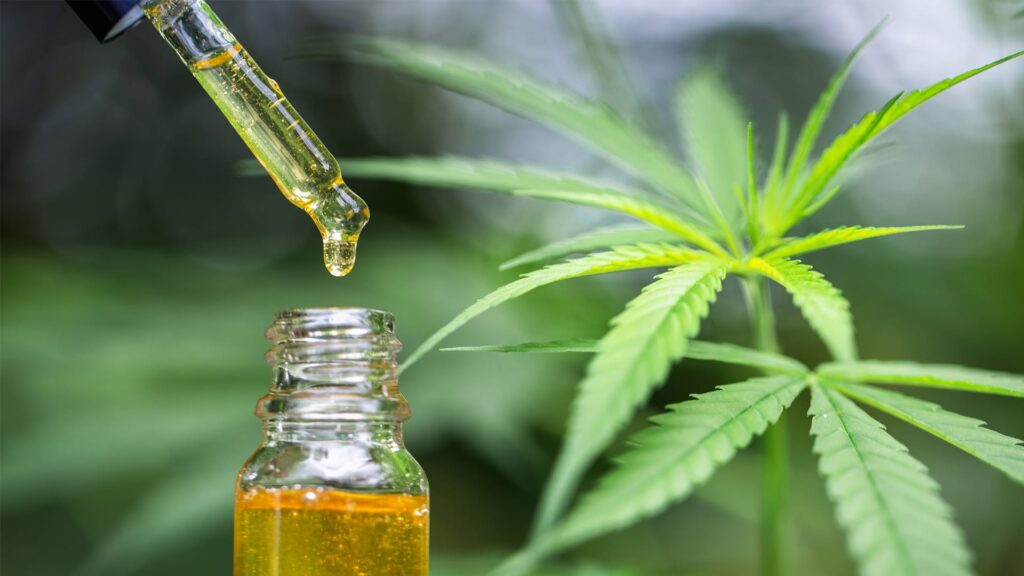The Environmental Impact Of CBD Oil & Hemp Sustainability

As a CBD enthusiast and environmental steward, beyond asking yourself how much cbd should be in edibles, you might wonder whether the hemp industry and CBD oil manufacturing are environmentally sustainable. It turns out that hemp-derived CBD might turn out to be the greenest crop like London pound cake seeds of all cannabis farms.
For the most part, the hemp and CBD oil industries are ecologically sound, from growing hemp, to extracting CBD, and using the products that are left over. So what comes into focus would be CBD Topicals Vs CBD Oil: What Are The Key Differences? Hemp farming and its cycles are sustainable, as is CBD extraction; there are a variety of methods of extracting CBD oil, with some being more ecologically sustainable than others. It is worth noting that, in addition to its claimed health benefits, CBD oil also boasts of its ecological sustainability.
CBD oil is an extract of the cannabis, marijuana, or hemp plant, though most brands make CBD oil using cannabis plants. CBD from hemp is legal, whereas CBD from marijuana is not, even though they come from the same plant family – marijuana. Hemp is a strain of cannabis plant high in CBD, a key component of products flooding the commercial market with claims about its medical properties.
CBD is the most popular extract that comes from cannabis, thanks to its purported health benefits, contained even in products such as Loxa Beauty Terpenes Candle (200g, 0mg).
While cannabis permissions and related products need clarification, the evidence suggests hemp offers users a sustainable alternative. The hemp sustainable philosophy means the use of cannabis hemp products may bring us a more sustainable, environmentally-friendly future.
By adopting ideologies incorporating sustainable practices like energy efficiency, waste reduction, and emerging technologies, cannabis and hemp companies are positioning themselves not just to compensate for the ecological footprint created by marijuana growing, production, and distribution, but also to lead the charge in making sure a greener future is realized, in all meanings of the term. Thanks to companies leading by example, some cannabis farmers and manufacturers have begun transitioning toward more eco-friendly practices. While some industries are continuing with non-sustainable practices, this sector has already begun looking at ways to increase sustainability and decrease waste. Now, a small group of marijuana farmers dedicated both to marijuana and to the Earth are leading initiatives to enhance sustainable practices in the marijuana industry.
All the points made above underscore environmental challenges faced by the cannabis industry, often leading to a backlash in public by a growing audience that is concerned about environmental protection and sustainability. In order to address the environmental challenges effectively, the National Cannabis Industry Association (NCIA) suggests industry leaders and state regulators take note, and develop viable standards, with supporting resources, that can be adopted early on, in order to position the cannabis space as a leader in environmental sustainability. In addition to growing in a regenerative manner, reducing packaging waste, and donating directly to anti-pollution efforts around the world, there are a number of ways for cannabis companies to engage in ecological sustainability.
In mainstream industries, an ongoing sustainability push is driven by eco-conscious customers, and now is the time for cannabis consumers to take up the baton, too. Determined to tackle climate change head-on, some companies are doing their bit to make quality cannabis products while also cutting down their impact on the environment.




